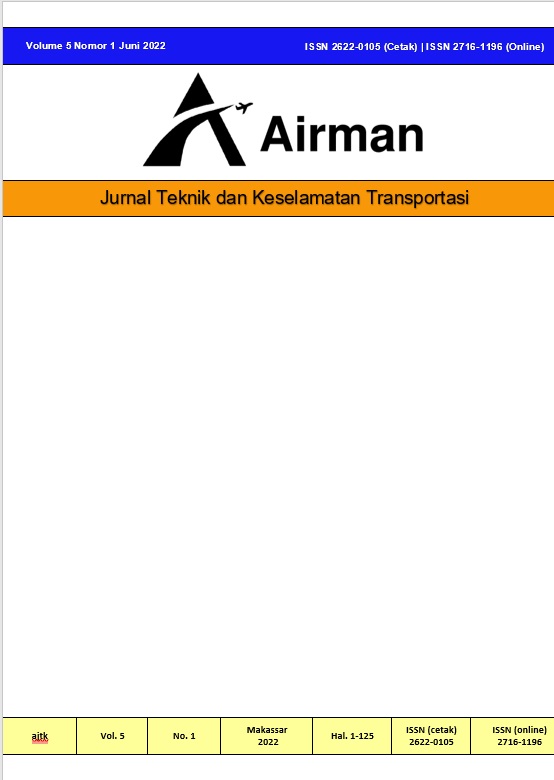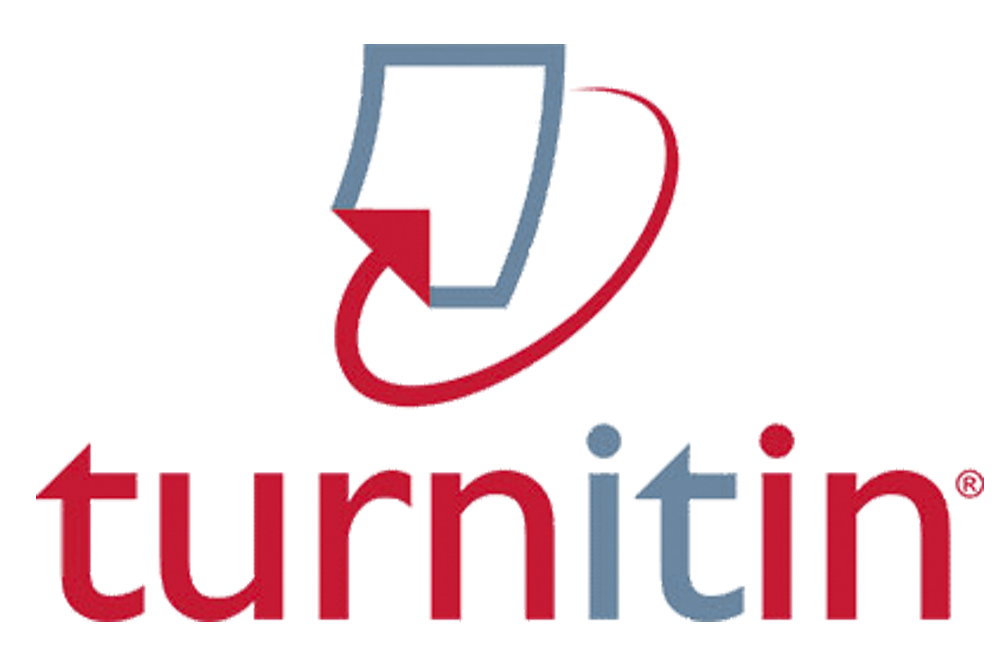Analysis of Learning Satisfaction Flying Simulator Practice Using Online Method During Covid-19 (Case Study : Indonesia Civil Pilot Academy, Banyuwangi)
DOI:
https://doi.org/10.46509/ajtk.v5i1.215Abstract
This article reveals the level of satisfaction of the pilot cadets with the flight simulator practice learning model at the cadet of Indonesia Civil Pilot Banyuwangi (APIB). The purpose of this study was to obtain an overview of cadets' satisfaction in the adaptation process of flying simulator practice learning with the online method during the Covid-19 pandemic. Satisfaction is reviewed based on the effectiveness of communication and interaction between cadets and instructors, aspects of technology support, and aspects of the length of time using the simulator room. The method used is a qualitative approach with a descriptive method. The results showed that the activities of the flight simulator practice learning process have shown a very high level of satisfaction. The obstacles faced during the pandemic can be overcome by creating an accelerated learning model through supporting technology. With the support of good facilities and infrastructure, learning activities can run effectively. The results of this study indicate that the flying simulator practice learning model for cadets can be recommended as an alternative in achieving learning effectiveness for Aviation Institutions or Schools during the Covid-19 period. The recommendations given also take into account aspects of technical support (facilities & infrastructure) as well as the readiness of the academic community within their respective institutions.











